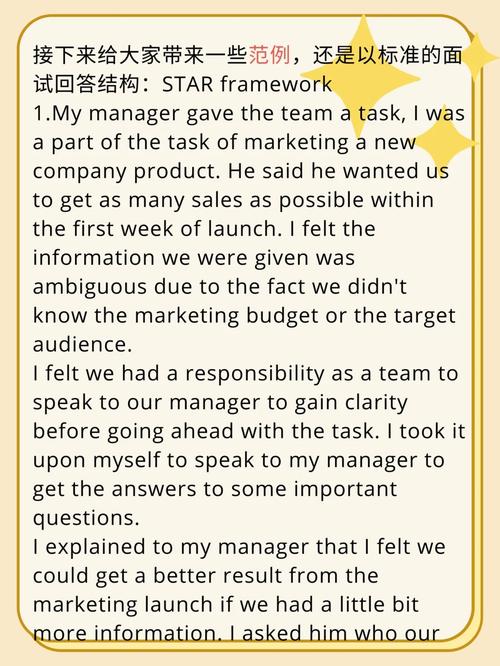How to Deal with Hold’em: A Comprehensive Guide
Playing poker, especially Texas Hold’em, requires a blend of skill, strategy, and a bit of luck. Whether you’re a beginner or an experienced player, there’s always something new to learn. In this guide, we’ll delve into various aspects of dealing with Hold’em, from understanding the basics to mastering advanced techniques.
Understanding the Basics
Before you can start dealing with Hold’em, it’s crucial to understand the basics. Here’s a quick rundown:
| Game Type | Number of Players | Blinds |
|---|---|---|
| Texas Hold’em | 2-10 players | Small Blind and Big Blind |
Each player is dealt two private cards (known as ‘hole cards’), and the goal is to make the best five-card hand using any combination of the five community cards (three on the table and two from your hole cards). The player with the highest-ranking hand wins the pot.
Position and Blinds
Position is a crucial factor in Hold’em. It determines when you act in relation to the action of other players. Here’s a quick guide to positions and blinds:
| Position | Description |
|---|---|
| Under the Gun (UTG) | First to act after the blinds |
| Under the Gun +1 (UTG+1) | Second to act after the blinds |
| Under the Gun +2 (UTG+2) | Third to act after the blinds |
| Under the Gun +3 (UTG+3) | Fourth to act after the blinds |
| Under the Gun +4 (UTG+4) | Fifth to act after the blinds |
| Small Blind (SB) | Second to act after the blinds |
| Big Blind (BB) | First to act after the blinds |
Blinds are forced bets that give the game structure and ensure that there’s always a pot to win. The Small Blind is typically half the size of the Big Blind, and both are posted before the cards are dealt.
Playing Your Hands
Once you understand the basics, it’s time to start playing your hands. Here are some tips:

- Hand Rankings: Familiarize yourself with the hand rankings to make informed decisions.
- Positional Play: Use your position to your advantage. Play stronger hands in late position and weaker hands in early position.
- Bluffing: Bluffing is a key part of Hold’em. However, it’s important to bluff effectively and only when you have a good reason.
- Reading Opponents: Pay attention to your opponents’ tendencies and adjust your play accordingly.
Advanced Techniques
Once you’ve mastered the basics, it’s time to delve into advanced techniques:
- Hand Reading: Learn to read your opponents’ hands based on their betting patterns and tendencies.
- Positional Play: Develop a deeper understanding of how to play in different positions and against different types of players.
- Bankroll Management: Manage your bankroll effectively to ensure long-term success.
- Psychology: Understand the psychological aspects of poker and use them to your advantage.
Conclusion
Dealing with Hold’em requires a combination of skill, strategy, and discipline. By understanding the basics, playing your hands effectively, and continuously improving
